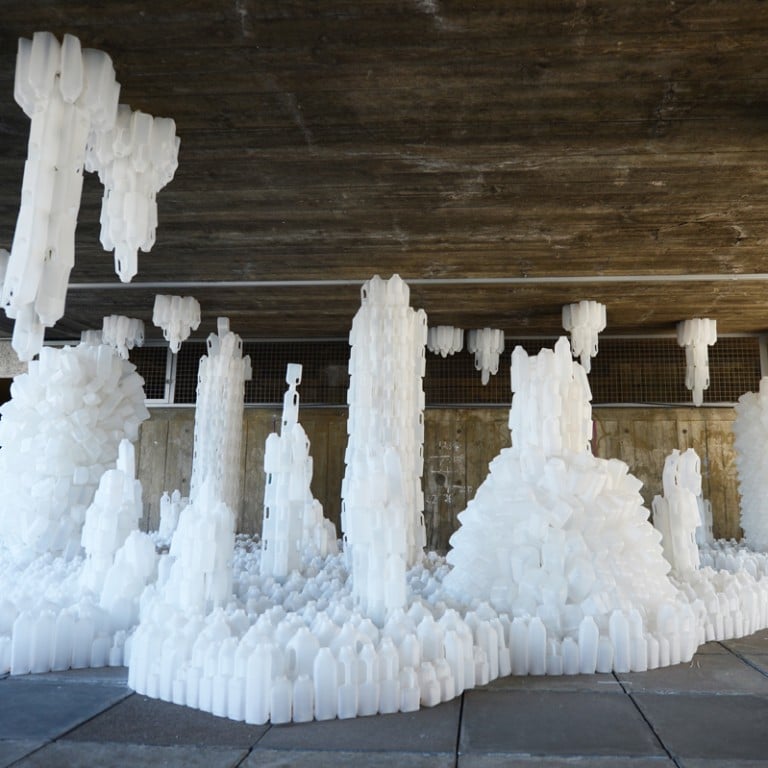The line between traditional and controversial art is blurred as radical artists seek ways to voice their dissent

In the 21st century, the works of Picasso, Manet, Hirst and Emin seem tame. Has this desensitisation pushed a new wave of activist-artists to provocative extents to voice dissent?
Artists such as Petr Pavlensky can be hard to stomach. The Russian protest artist highlights criticism of Russia's regime with shocking acts, including sewing his mouth shut and wrapping himself in barbed wire. For Pavlensky, "an artist has no right not to take a stand". Pavlensky joins the ranks of global artists including Stelarc, Zhu Yu and Mao Sugiyama. Their ever more graphic and grotesque projects transform artists into activists - destined to use their art as provocation to rattle established hierarchies.
Delving into art history reminds us that many of our household names garnered notoriety through provocative works. Manet and Picasso peeved the Parisian elite with their flagrant depiction of prostitutes in Le Déjeuner sur l'herbe and Les Demoiselles d'Avignon, respectively.



In the 1980s and '90s, provocation was modus operandi for young British artists including Tracey Emin and Damien Hirst. The artists bared all by placing intimate objects in the eyes of the general public. Emin's My Bed famously featured used condoms and sanitary products in a blatant display of wallowing depression. One critic reacted by complaining: "For a thousand years, art has been one of our great civilising forces. Today, pickled sheep and soiled beds threaten to make barbarians of us all."
The provocation of Emin and Hirst pushed critics and the general public to consider what can or should be considered art. The young British artists presented the latest generation of disillusioned youth, unafraid to expose their intimacies. In blurring the line between what is art and what is not, they challenged assumptions of "civilised" artistic expressions and cultural hegemony.
In the 21st century, when information - provocative or otherwise - is readily available at the swipe of a screen or the click of a mouse, the works of Picasso, Manet, Hirst and Emin seem tame. Is it this desensitisation that has pushed the new wave of activist-artists like Pavlesnky to such provocative extents to voice dissent?

Ai Weiwei's provocative art has been exposing injustices within China. In Dropping A Han Dynasty Urn, a series of photos purportedly showing the destruction of a 2,000-year-old vase, Ai criticises China's effort to protect its own cultural heritage.
Following Sichuan's 2008 earthquake, he initiated a citizens' investigation to document student casualties. Later, he displayed children's backpacks in commemoration with a piece called Remembering In Munich. Ai's work has brought controversial issues facing modern China to the world.
His assistant, Jiang Li, says that Ai's greatest achievement has been to "disseminate the truth, raise questions and gain the attention of a larger audience". In provocation, he has brought information to the masses and challenged the power of the Chinese government.






